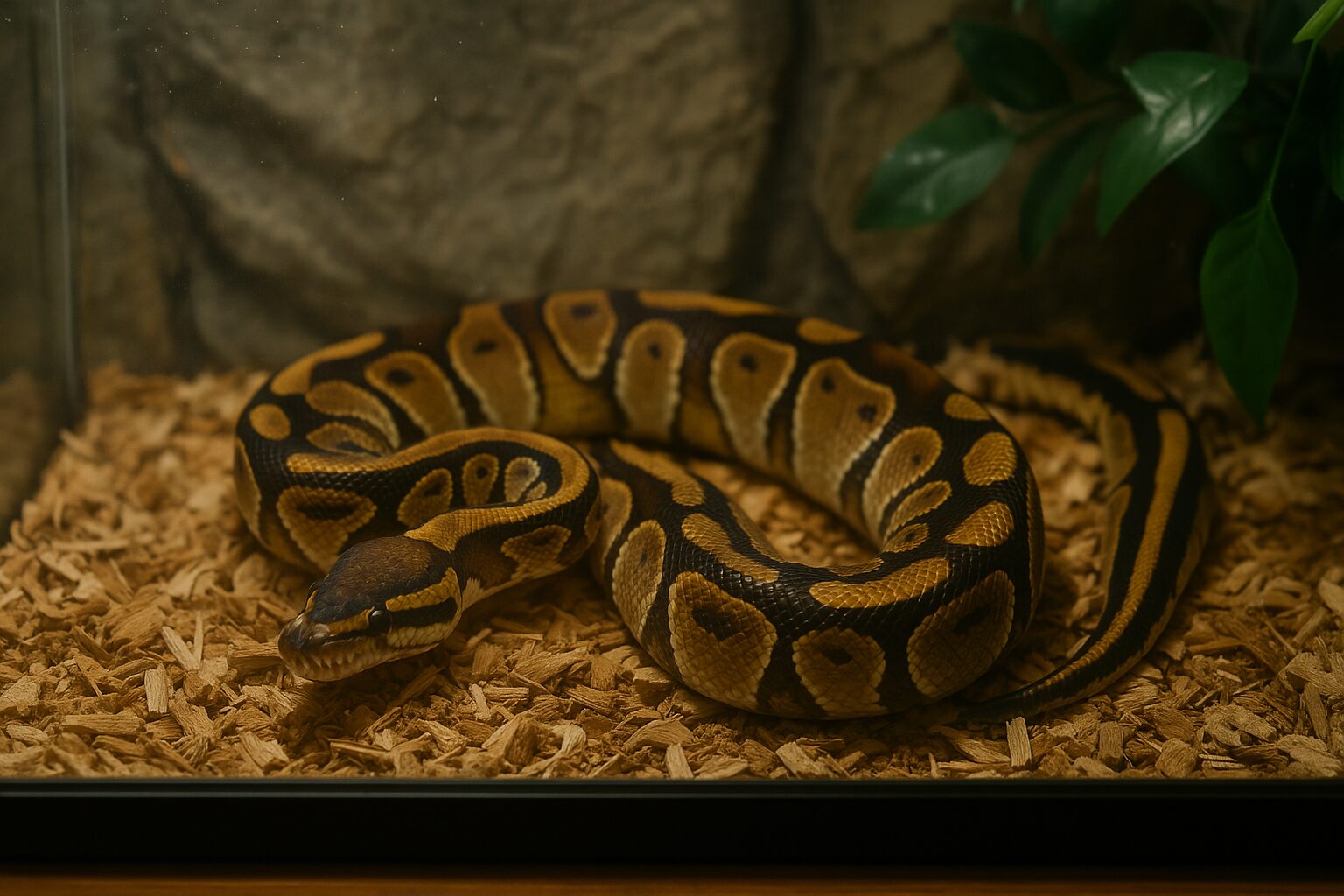Beginner’s Guide to Beautiful and Easy-to-Care-For Pet Snakes (Beyond Ball Pythons)
Snakes are seriously underrated as pets. They’re quiet, low-maintenance, and surprisingly charming once you get to know them. But if you’ve only ever heard about Ball Pythons, you might be missing out on some truly stunning and beginner-friendly pet snakes!
I remember when I was first considering a pet snake. I kept hearing that Ball Pythons were the best option, but I wanted to explore more choices. After some research (and a lot of geeking out over cute reptile pictures), I discovered some amazing non-venomous pet snakes that are just as easy to care for.
So, let’s go beyond Ball Pythons and check out some beautiful, beginner-friendly pet snakes that are just as rewarding to own!
1. The Western Hognose Snake – The Drama Queen of the Reptile World
If you want a snake with personality, the Western Hognose Snake is a top pick! These little guys are famous for their adorable upturned noses and quirky behaviors.
Why They’re Great for Beginners:
- Small size: Usually 2-3 feet long, making them easy to house.
- Docile nature: They rarely bite and prefer to play dead when scared (yes, really!).
- Easy diet: Mostly eat frozen-thawed mice.
I have a friend who owns a Hognose, and she swears he’s the most dramatic pet she’s ever had. If he’s feeling nervous, he flattens his neck like a cobra (harmlessly) or rolls over and plays dead like he’s in a reptile soap opera. It’s hilarious and oddly endearing!
2. The Corn Snake – The Perfect “Starter Snake”
Corn Snakes are like the Labrador Retrievers of the snake world. They’re friendly, easygoing, and one of the best snakes for beginners.
What Makes Them a Great Pet?
- Low maintenance: They don’t need fancy setups—just a secure tank, heat source, and hiding spots.
- Beautiful variety: They come in tons of colors and patterns, from bright orange to ghostly white.
- Easy handling: They rarely bite and are super chill once they get to know you.
One of my favorite things about Corn Snakes is their adorable baby phase—tiny, noodle-like, and always exploring. They grow to about 4-5 feet, which sounds big, but they stay slender and manageable.
3. The California Kingsnake – The Bold & Beautiful Choice
Want a snake with a little attitude? The California Kingsnake is a stunner, with striking black-and-white bands and a curious personality.
Why They’re a Solid Pick for Beginners:
- Hardy and adaptable: They thrive in basic enclosures.
- Moderate size: Typically 3-4 feet long.
- Unique eating habits: They’re called “Kingsnakes” because they eat other snakes in the wild, but in captivity, they do just fine on a diet of frozen-thawed mice.
These guys can be a bit wiggly at first, but with regular handling, they settle down nicely. If you want a cool pet that stands out, this is a great choice!
4. The Rosy Boa – The Low-Key, No-Stress Companion
If you love calm, slow-moving pets, the Rosy Boa is a dream come true. They’re small, easygoing, and absolutely beautiful with their soft pastel colors.
Why Rosy Boas Are Awesome:
- Small size: Only 2-3 feet long, making them super manageable.
- Low activity: They move slowly, making handling stress-free.
- Super long lifespan: These cuties can live up to 30 years with good care!
I met someone at a reptile expo who had owned a Rosy Boa for 20 years. She said it was the most low-maintenance pet she’d ever had—just a cozy tank, some warm hiding spots, and occasional feeding. Perfect for busy people who want a chill companion.
5. The Garter Snake – The Friendly Garden Companion
Garter Snakes might remind you of wild snakes you see outside, but they actually make great pets! They’re active, inquisitive, and one of the few snakes that don’t require mice in their diet.
What Makes Them Special?
- Small size: 2-3 feet long.
- Interesting diet: They eat fish, worms, and amphibians instead of rodents.
- Active and alert: Unlike some snakes that just chill all day, Garter Snakes love to explore.
If feeding mice gives you the heebie-jeebies, this is a great alternative. Just make sure to offer nutritionally balanced options like fresh fish (no goldfish—they’re not good for them!).
Setting Up the Perfect Home for Your New Snake
Once you pick your dream snake, you’ll need to set up a comfortable and safe habitat for them.
Basic Snake Setup Checklist:
✅ A secure glass or plastic tank (size depends on species)
✅ A heating pad or lamp (snakes need warmth!)
✅ A hide box for security
✅ Substrate (aspen shavings, paper towels, or reptile carpet)
✅ A water dish
✅ Climbing branches or decor for enrichment
Most beginner snakes don’t need elaborate setups—just the right temperature, humidity, and a safe place to hide.
FAQs About Beginner Pet Snakes
Are pet snakes safe?
Absolutely! All the snakes on this list are non-venomous and not aggressive. With proper handling, they’re gentle and easy to care for.
What do pet snakes eat?
Most eat frozen-thawed mice. If that’s not your thing, Garter Snakes can eat fish and worms instead.
Do pet snakes recognize their owners?
They don’t recognize people like dogs do, but they get used to your scent and handling over time, making them comfortable around you.
How often do snakes eat?
Most snakes eat once a week, though babies may need food every 4-5 days. Super low maintenance!
What’s the best snake for someone nervous about handling one?
Rosy Boas and Corn Snakes are the best choices—they’re calm, slow-moving, and easy to hold.
Ready to Welcome a Snake into Your Life?
Getting a pet snake is an exciting journey! They’re fascinating, low-maintenance, and surprisingly lovable once you bond with them.
So, which one of these beautiful, beginner-friendly snakes caught your eye? Let me know in the comments! And don’t forget—📌 Pin this guide so you can revisit these ideas later!

